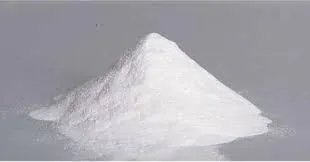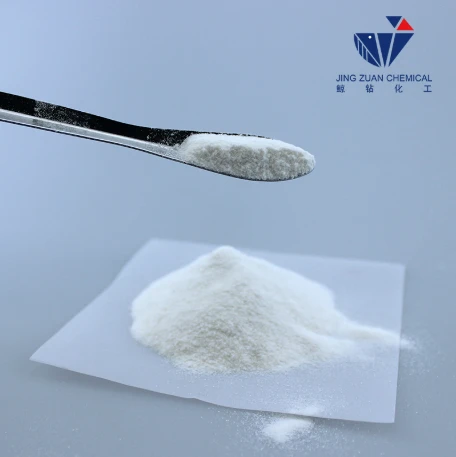
កុម្ភៈ . 02, 2025 01:06 Back to list
what is hydroxyethyl cellulose used for


In the field of construction, hydroxyethyl cellulose is utilized to modify the properties of cement and gypsum-based products. Its ability to act as a thickening agent means it improves the workability and application properties of construction materials. HEC enhances the water retention of cement, delaying the drying process and allowing for better curing, which results in improved durability and strength of the finished material. Gypsum plasters benefit from similar enhancements, with HEC promoting consistency and preventing cracking as the product sets and dries. The paint and coating industry also benefits tremendously from hydroxyethyl cellulose. Used as a rheology modifier, it adjusts the flow characteristics of paints and coatings, making them easier to apply whether by brush, roller, or spray. This leads to an improved finish with fewer brush marks and a more uniform coverage. HEC enhances the storage stability and uniformity of these products, guaranteeing that pigments and fillers remain evenly dispersed throughout the lifetime of the product, thus preventing costly failures in application. In conclusion, hydroxyethyl cellulose is a multifunctional powerhouse, essential in a diverse array of products ranging from cosmetics to construction materials. Its natural derivation combined with its effective performance in modifying product properties ensures its continued popularity and indispensability in industrial formulations. As environmental consciousness and demand for sustainable products grow, the importance of HEC, being bio-based and biodegradable, further solidifies its standing in modern applications, underscoring its role not merely as an additive, but as an invaluable component in the future of product development across industries.
-
Unlocking the Benefits of HPMC Products: A Gateway to Versatile Applications
NewsAug.07,2025
-
Unleashing the Potential of HPMC Ashland: A Comprehensive Look
NewsAug.07,2025
-
Tile Bonding Cellulose: The Key to Superior Adhesion and Durability
NewsAug.07,2025
-
Hydroxypropyl Methylcellulose Powder: The Versatile Component in Modern Pharmaceuticals
NewsAug.07,2025
-
Hydroxyethyl Cellulose: The Versatile Solution for Various Industries
NewsAug.07,2025
-
Hydroxyethyl Cellulose (HEC): The Versatile Polymer for Various Applications
NewsAug.07,2025







